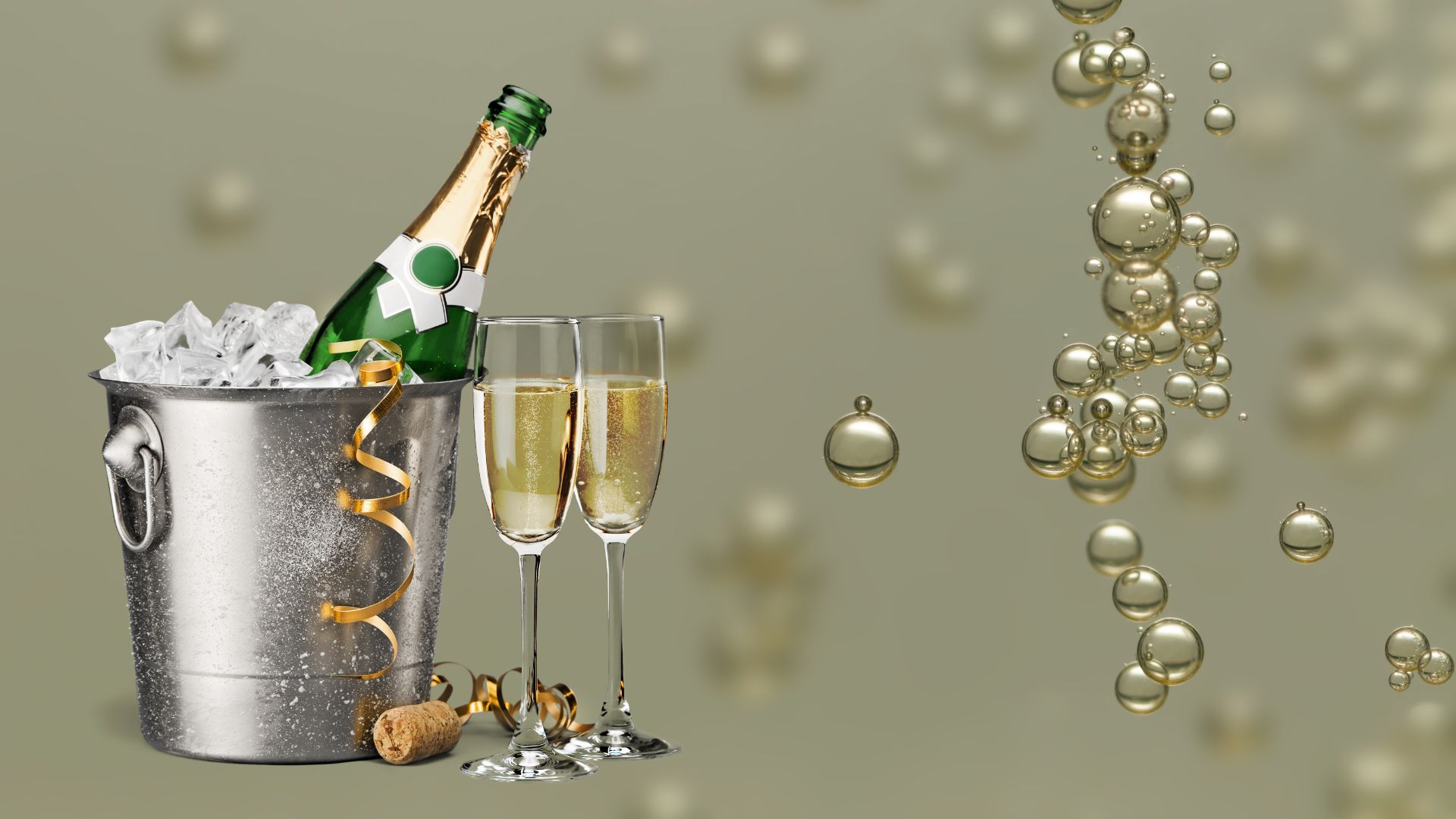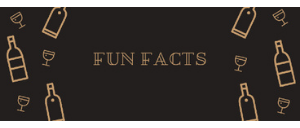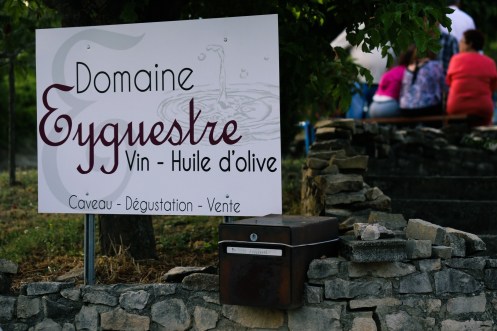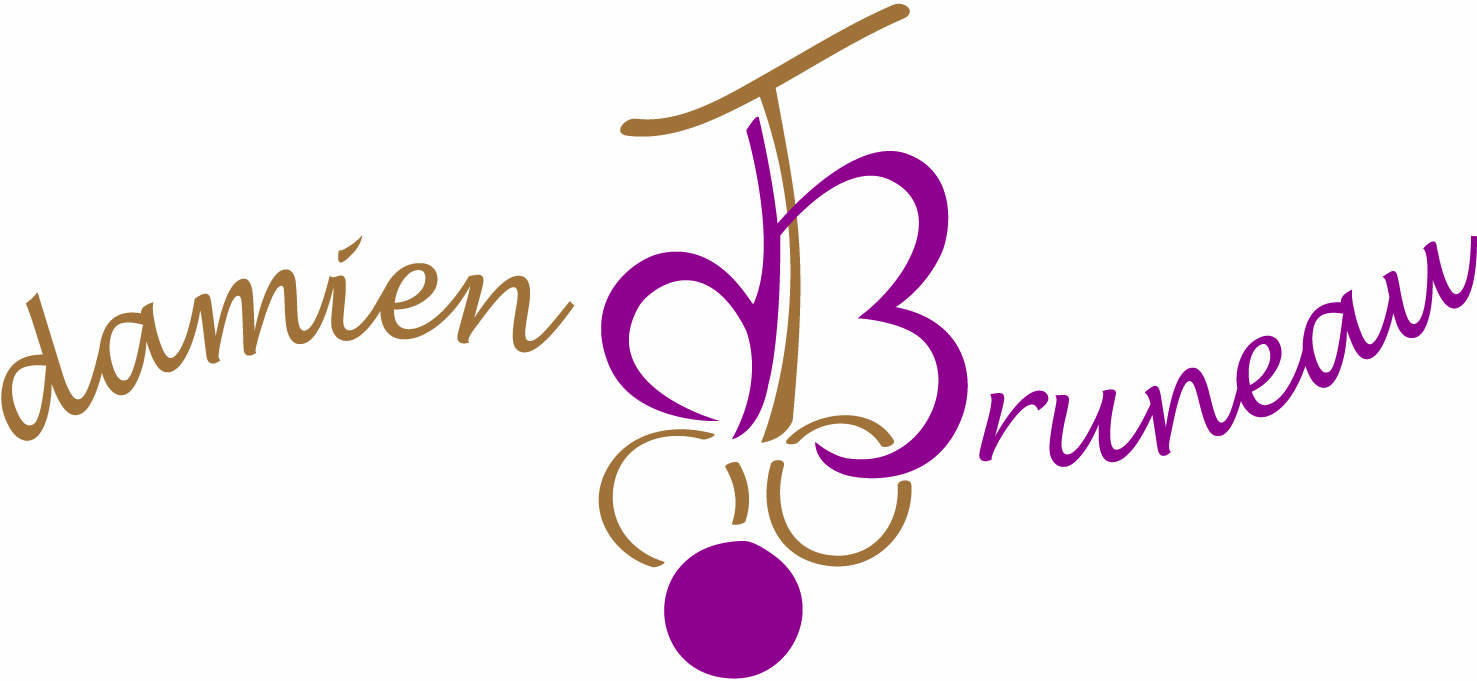

Wine making in Champagne is atypical ("méthode champenoise" also called "méthode traditionnelle"). Wines are made by creating a still wine (this is the first fermentation) then bottling that still wine and adding yeast and sugar to the bottle before it’s closed off with a beer cap. The added yeast and sugar affect a second fermentation, a by-product of which is carbon dioxide and since the bottle is closed off, the carbon dioxide cannot escape and dissolves into the wine. The wine is aged thus for a minimum of a year and a half, after which time the bottles are riddled (either manually or mechanically), meaning the yeast and other sediment in the bottle is slowly worked into the neck over the course of several days or weeks.
During the riddling process the bottles are inverted over time, positioning them so that the yeast and sediment can be easily removed in a process called disgorging. Called "dégorgement" in French, this process was invented by Madame Clicquot in 1816 and involves freezing the wine in the neck of the bottle (containing the yeast and sediment) and then using the inherent pressure of the wine to expel this frozen plug from the bottle.
Immediately after disgorging, the bottle is topped off with some wine and a little extra sugar in a practice called dosage. If no sugar at all is added during doage the wine can be designated with the terms nature or zéro dosage.Rosé Champagne derives its color in one of two ways: a small amount of red wine is added to white wine, or red grapes are macerated with their skins for a short period of time (the saignée method).
Wine novice or interested in discovering wines you do not have access to? Every month receive two bottles of exclusive French wines at home with our tasting guide. Find out more
Wala Club WineMag: click here to read more articles, terms, tips and advice!
Two nice bottles of French wines delivered at your doorstep every month with our sommelier’s tasting guide.







